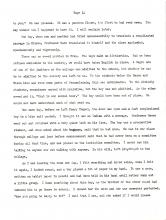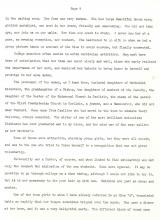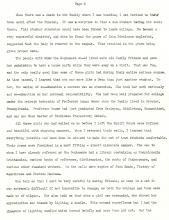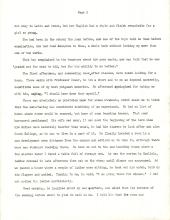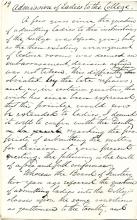"I was a Co-ed": Coeducation in Dickinson's Prep School
In her memoir recounting her time at Dickinson, Elizabeth Low remembers her early days as a female student in the Preparatory School. She explained that there was little hostitlity toward female students in the Prep School. She explains that "There was not co-ed problem in the Prep. The boys made no distinction. Had we been refused admission to the society, we would have taken English in class." According to Low, however, black students were not affroded the same acceptance as white female students.

